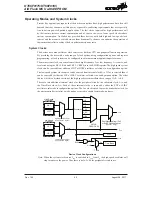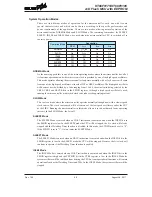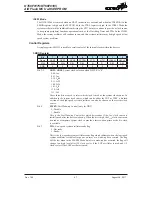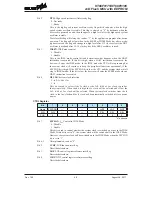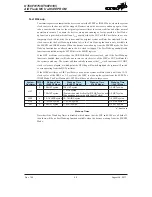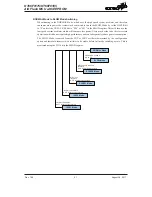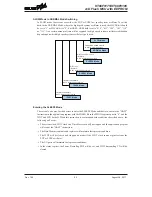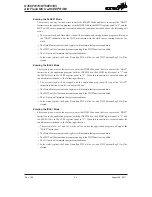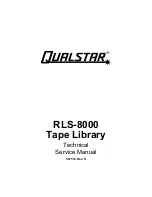
Rev. 1.50
4�
����st ��� �01�
Rev. 1.50
43
����st ��� �01�
HT66F0175/HT66F0185
A/D Flash MCU with EEPROM
HT66F0175/HT66F0185
A/D Flash MCU with EEPROM
Internal High Speed RC Oscillator – HIRC
The internal RC oscillator is a fully integrated system oscillator requiring no external components.
The internal RC oscillator has three fixed frequencies of 8MHz, 12MHz, 16MHz. Device trimming
during the manufacturing process and the inclusion of internal frequency compensation circuits are
used to ensure that the influence of the power supply voltage, temperature and process variations on
the oscillation frequency are minimised. As a result, at a power supply of either 3V or 5V and at a
temperature of 25°C degrees, the fixed oscillation frequency of 8MHz, 12MHz or 16MHz will have
a tolerance within 2%. Note that if this internal system clock option is selected, as it requires no
external pins for its operation, I/O pins are free for use as normal I/O pins.
External 32.768 kHz Crystal Oscillator – LXT
The External 32.768kHz Crystal System Oscillator is one of the low frequency oscillator choices,
which is selected via configuration option. This clock source has a fixed frequency of 32.768 kHz
and requires a 32.768 kHz crystal to be connected between pins XT1 and XT2. The external resistor
and capacitor components connected to the 32.768 kHz crystal are necessary to provide oscillation.
For applications where precise frequencies are essential, these components may be required to
provide frequency compensation due to different crystal manufacturing tolerances. During power-up
there is a time delay associated with the LXT oscillator waiting for it to start-up.
When the microcontroller enters the SLEEP or IDLE Mode, the system clock is switched off to stop
microcontroller activity and to conserve power. However, in many microcontroller applications
it may be necessary to keep the internal timers operational even when the microcontroller is in
the SLEEP or IDLE Mode. To do this, another clock, independent of the system clock, must be
provided.
However, for some crystals, to ensure oscillation and accurate frequency generation, it is necessary
to add two small value external capacitors, C1 and C2. The exact values of C1 and C2 should
be selected in consultation with the crystal or resonator manufacturer specification. The external
parallel feedback resistor, R
P
, is required.
Some configuration options determine if the XT1/XT2 pins are used for the LXT oscillator or as I/O
or other pin-shared functional pins.
• If the LXT oscillator is not used for any clock source, the XT1/XT2 pins can be used as normal I/
O or other pin-shared functional pins.
• If the LXT oscillator is used for any clock source, the 32.768 kHz crystal should be connected to
the XT1/XT2 pins.
For oscillator stability and to minimise the effects of noise and crosstalk, it is important to ensure
that the crystal and any associated resistors and capacitors along with interconnecting lines are all
located as close to the MCU as possible.
External LXT Oscillator

















